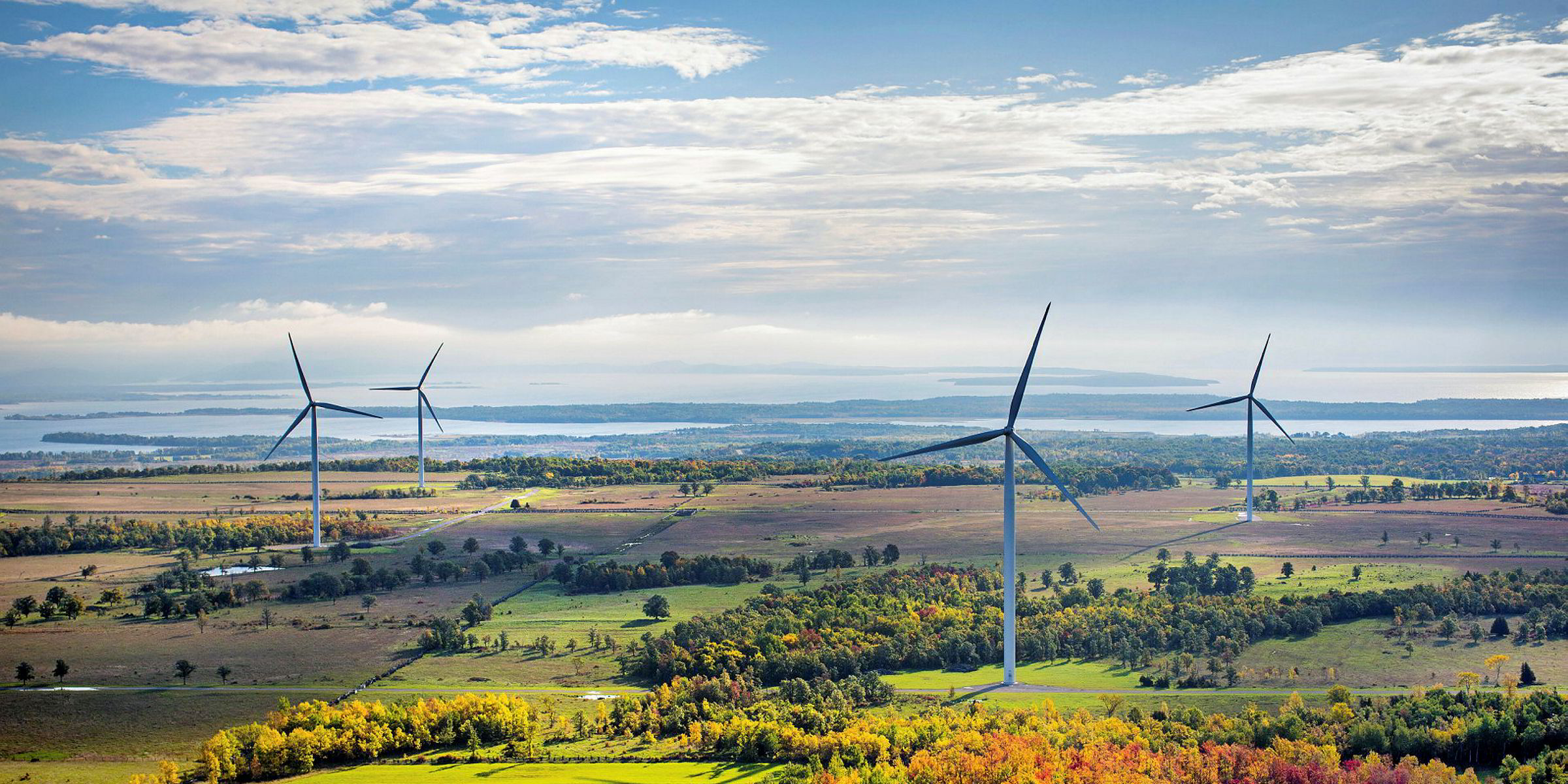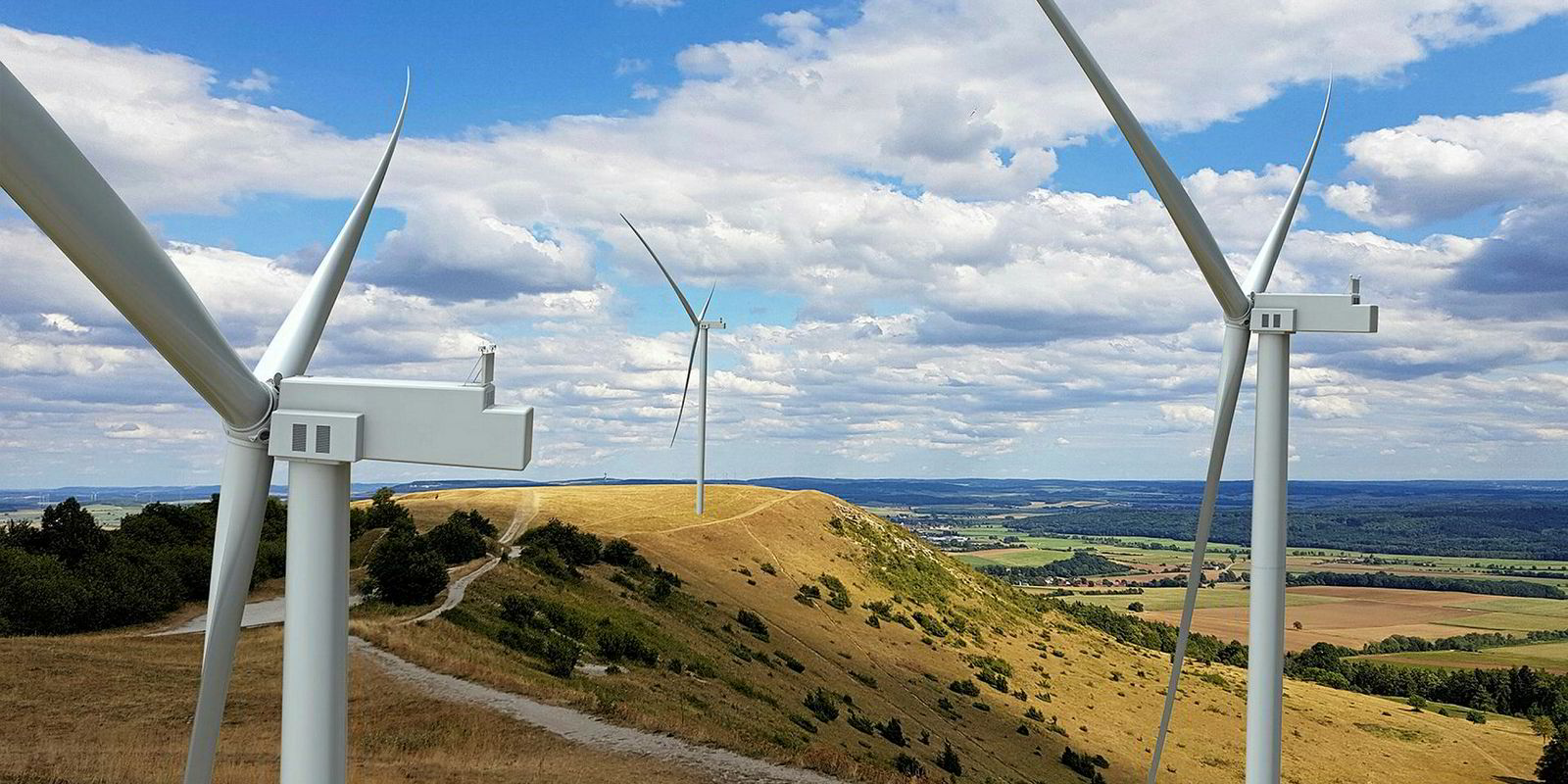General Electric Renewable Energy has all but replaced the 2GW of turbine orders that would have gone to the recently collapsed Wind Catcher project in Oklahoma thanks to ripping demand in the US wind market, onshore wind chief executive Pete McCabe tells Recharge.
“For all practical purposes, it’s replaced,” McCabe said on the sidelines of the WindEnergy Hamburg conference this week. “In 2019 it’s all filled, plus or minus 100MW or so, and 2020 is also full.”
US wind developers are racing to finish projects by 2020 in time for the full production tax credit (PTC). “There’s so much demand,” McCabe says. “We were quite supply-constrained and actually having to push orders from 2019 and 2020. Now we can pull those kind of orders back.”
In July, utility American Electric Power pulled the plug on Wind Catcher after Texas regulators rejected the $4.5bn project being developed by Invenergy. With plans to sell power into four states, Wind Catcher had secured regulatory approval in Louisiana and Arkansas but still faced opposition in Oklahoma.
The industry shouldn’t read too much into Wind Catcher’s collapse, McCabe says. “I think it was a one-off.”
“Think about getting regulators in four states to agree on something [on a short timetable]. It’s tough,” he says. “I think you reduce a couple of variables in the equation, and you could have got it to work.”
McCabe believes the US could build 12-14GW of wind in 2020, which at the upper end would be a new record. And he expects the market will remain "healthy relative to historic standards" in the 2020s without subsidies, saying GE sees a path to reducing the levelised cost of energy from its onshore wind turbines by 30-40% within three or four years.
GE-RE is already working on a product aimed at the US market in the 2020s, McCabe reveals. “It’s a little early to talk about that, but we’re investing. We will have a product that will be very, very competitive in that post-PTC period.”
GE this week unveiled a new onshore turbine platform called Cypress that includes a 5.3MW model, designed for lower-wind, land-constrained places like Europe. “Germany is ground zero for that kind of product.”
But GE also expects to sell Cypress machines around the world, with McCabe mentioning Australia, Latin America and the US as other target markets.
GE, which launched its Paris-based standalone renewables business several years ago, continues to make progress in diversifying away from the US, where the company has claimed a large and sometimes dominant share of the turbine market for many years.
“We’re growing significantly faster outside the US than inside – and our US business is quite strong and big,” McCabe says.
GE-RE saw 30% growth in non-US markets last year, and international revenues accounted for 63% of revenues in the first half of 2018. The company has supplied its first onshore wind farms in Chile, Oman and Jordan this year.
McCabe confirms that GE-RE’s move to “co-developing” projects in emerging markets, first reported by Recharge in May, remains a “big focus”. GE-RE’s development team is based in London, and “we’re putting more money and resource into it”.
GE-RE expects its Cypress platform will help it distinguish itself in a still-crowded field of turbine suppliers. “Seven, eight, nine big global OEMs, then lots and lots of regional ones – it’s just a sign there’s not enough differentiation,” says McCabe, whose career spans industries including healthcare, transportation and aerospace.
“Right now the industry is a little too bunched,” he says. “This Cypress platform is a meaningful step forward, but it’s only the first step. There will be two or three more. And as we take those steps, [rival OEMs] will start dropping off the back.”
"We're going to keep turning up that dial a little bit on pace every year."



